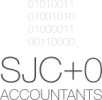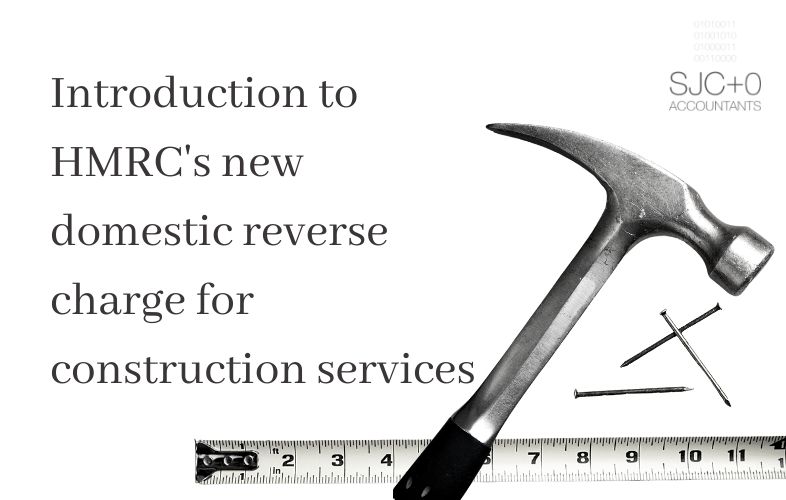HMRC’s new domestic reverse charge for construction services came into force on 1 March 2021.
There are lots of rules surrounding this which I have tried to summarise as simply as possible, however you must familiarise yourself with the full rules if they apply to you. Any errors will have a significant impact on the VAT you pay and you wouldn’t want to either under or over pay VAT.
What is it and who does it apply to?
The VAT domestic reverse charge for services is a change in how VAT is handled for certain kinds of construction services in the UK. The scheme means that those supplying construction services to a VAT registered customer will no longer have to account for the VAT. Instead, the customer will account for the VAT. The customer will effectively both pay and reclaim the VAT at the same time.
In simpler terms, for services they provide, sub-contractors will require the contractor employing them to handle and pay the VAT directly to HMRC.
This will apply to standard VAT rates supplies and reduced VAT rate supplies. It will not apply to zero-rated supplies.
What do you need to do?
Subcontractor
At the moment you usually add VAT at 20% to your sales invoices. From 1 March 2021, if you issue an invoice to a contractor in the construction chain of events, you no longer add VAT. Instead, you must state on the invoice what the VAT amount or rate should have been and that the invoice falls within the reverse charge rules e.g. ‘Reverse charge: S55 VATA 94 applies’.
You will have to carefully consider what services you are supplying, and to whom, as you won’t drop the VAT on all of the invoices, only some of them. You must check the detailed rules on how this works and ensure you are charging VAT correctly.
Contractors (you have subcontractors)
Your subcontractors will continue to issue you with invoices but from 01 March 2021, it is likely that most of them will not have VAT and instead state ‘Reverse charge: S55 VATA 94 applies’.
You must enter the invoice into your accounts as if it has VAT on it, even though it doesn’t. I know what you are thinking here: how can I reclaim the VAT on an invoice when I haven’t paid it? The answer is that you cannot.
Therefore you must enter an equivalent amount of output/sales VAT into your accounts at the same time as you enter the invoice.
The effect is the two VAT amounts cancel down to zero. You must enter VAT only in your accounts i.e. that ultimately reports as output tax in Box 1 of the VAT return,
DO NOT also enter any figures as sales which report as Box 6 in your VAT return.
What you will need to consider
- Am I registered for VAT and involved in the construction industry?
- Did I read the detailed rules, in case there is something in there that impacts on me?
- Will this invoice I am producing be after 01 March 2021?
- Is the person I am invoicing a contractor in the construction chain? (e.g. if you are completing work for a homeowner or the ultimate property owner, they are not.)
- Are the services I am supplying on the list of reverse charge services? If they are then the whole invoice has no VAT.
- Did I put the ‘Reverse charge: S55 VATA 94 applies’ statement on my invoice?
- Have I received an invoice with this statement? Remember to add VAT when entering the invoice in your accounts, along with the equivalent amount of sales/output VAT.
- Is my bookkeeping package capable of coping with this new change?
This is only a very simple summary of the new rules. Whilst I’ve highlight some main areas, I recommend that you read HMRC’s guidance to make sure you understand exactly how the new rules apply to you and what you need to do.
HMRC are also offering a free webinar to assist businesses with the new rules that you can register for here: How to apply the VAT reverse charge for construction services
I have complied a simple flowchart to help you decide whether you should apply normal VAT rules or the domestic reverse charge.
If you have any question please do get in touch.
Let’s Chat
Susan Crichton
SJC+0 Accounts
07957 581757
susan.crichton@sjcplus0.co.uk

